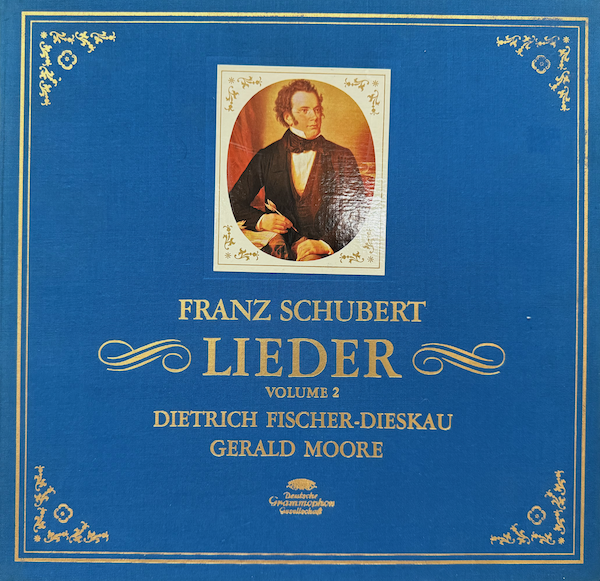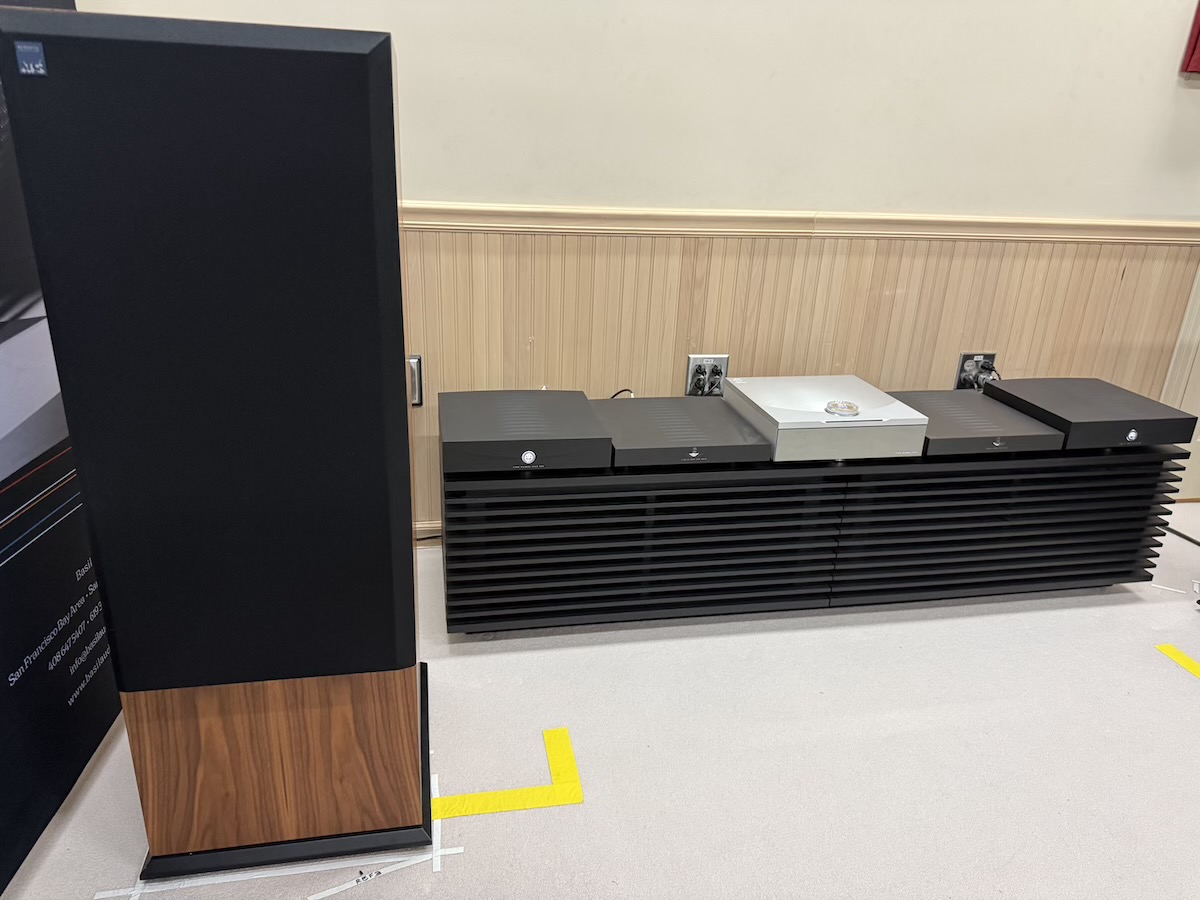The Power of Music
Part 1: listening to the amps
The Linn Klimax Solo 500 amplifiers, reviewed here at Basil Audio a couple of weeks before their official launch, demonstrated their prowess across a diverse range of musical genres and recording eras. Utilizing the familiar ATC SCM100PSLT speakers, the goal was to assess the Solo 500s’ contribution to an otherwise established system.
Like many, our initial reaction to the original Linn Klimax Solo amplifier was, “wow, that much power in such a small chassis!” Upon closer inspection, you realize a significant portion of that compact volume is taken up by the chassis’s metalwork, leaving even less internal space which nevertheless has other advantages in terms of short and direct signal paths. This remarkable feat is largely due to Linn’s pioneering use of switch-mode power supplies in audio amplification. Gilad Tiefenbrun, Linn’s CEO, recently reminded us at product launch of Bill Miller’s crucial role in scaling Linn’s work from lower-powered products to these high-power amplifiers. Miller’s conviction in the technology’s breakthrough nature led him to author a brilliant user manual—still, in our opinion, the most elegant, clear, concise, and satisfying description of a switch-mode power supply and moreover its inherent benefits to audio power amplification, despite its considerable challenges.
This fundamental concept—that a higher-frequency AC circuit can deliver significantly more power—brings us to a deeper understanding of what power means in music. In physics, power is defined as the rate at which work is done, or the rate at which energy is transferred or transformed. While the distinction between average and instantaneous power can be a bit esoteric in a purely mathematical sense, when we press play on a high-fidelity system, we are intimately experiencing power. It’s the instantaneous power that dictates how well the system can accurately reproduce the punch of a drum, the sudden swell of an orchestra, or the explosive detail in a complex passage. It’s the ability of an amplifier to effortlessly deliver this instantaneous power, to perform the work required to move and stop the speaker cones with precision and authority, that truly defines the “power of music.”
Beginning with Dietrich Fischer-Dieskau’s “Erlkönig” from Schubert’s Lieder, a legendary 1969 Deutsche Grammophon vinyl recording, the Solo 500s immediately impressed. The fantastic open sound was striking, revealing the full power and versatility of Fischer-Dieskau’s voice. The amplifier effortlessly rendered the four distinct characters – the narrator, the scared child, the distraught father, and the genuinely creepy Erl-King – with remarkable clarity, even amidst the challenging, rapid-fire piano accompaniment. This 1969 vinyl recording, when played through the Solo 500s, was profoundly and thoroughly superior to its 16-bit digital counterparts, highlighting the amplifier’s ability to extract the very best from analogue sources.
Next, a very recent Qobuz release, “Wonder in Venice: Gallupi: Sonata and Concertos for Harpsichord – Concerto for Harpsichord and strings in C Minor I. Allegro assai,” showcased the Solo 500’s ability to unravel complex modern recordings. The harpsichord was rendered with astonishing clarity, while the strings, with one instrument per part, were powerful and distinct, yet complementary. The amplifier’s precision allowed the densely packed musical information to be presented with remarkable coherence, making sense of a piece that might overwhelm lesser systems.
Moving into the realm of electronic music, Kanine’s “Feel The Vibration,” a drum’n’bass track, revealed another facet of the Solo 500’s capabilities. The deep, atmospheric melodies, powerful beats, and vocals were played in tune and with what we can only describe as a completely certain and unshakeable rhythmic grip. The system presented this track with an undeniable effortlessness, speed, and swagger. The background silence was particularly notable, allowing the explosive dynamics and intricate rhythmic patterns to emerge with startling impact.
Finally, The Nash Ensemble’s rendition of Brahms: The String Sextets, specifically String Sextet No. 2 in G major, op.36 I. Allegro ma non troppo, brought a sense of chamber music intimacy and grandeur. This long movement, characterized by its intricate build-up and interplay between all instruments, was rendered with exquisite detail. The Solo 500s beautifully identified and captured the structural and instrumental contrasts, including pizzicato and exotic, winding melodic turns, as well as unusual arpeggios and chord structures. Despite the complexity, the amplifier maintained the harmonious whole, allowing the rhythmic interest and dance-like quality of the piece to shine through.
Throughout these diverse auditions, the Linn Klimax Solo 500 amplifiers consistently demonstrated their ability to deliver music with exceptional clarity, power, and nuance, revealing the “power of music” in a truly compelling way.
Sources:
Rega Naia Aphelion 2 Turntable and Aura Phono stage
Linn Klimax DSM Network Music Player
Loudspeakers:
ATC SCM100PSLT Passive 3-way floorstanding speakers
Music:

Dietrich Fischer-Dieskau: Schubert Lieder – ErlKönig. Vinyl record, Deutsche Gramaphon 2720 022
Wonder in Venice. Gallupi: Sonata and Concertoes for Harpsichord – Concerto for Harpsichord and strings in C Minor I. Allegro assai. Arianna Radaelli and La Filarete, Qobuz 192 kHz/24 bit stream, Arcana label catalog No. A579
Kanine – Feel The Vibration UKF
The Nash Ensemble – Brahms: The String Sextets String Sextet No. 2 in G major, op.36 I Allegro ma non troppo. CD, Onyx Classics 4019.
Part 2: Comparing the new Solo 500 to the previous Solo 500
Coming soon…

